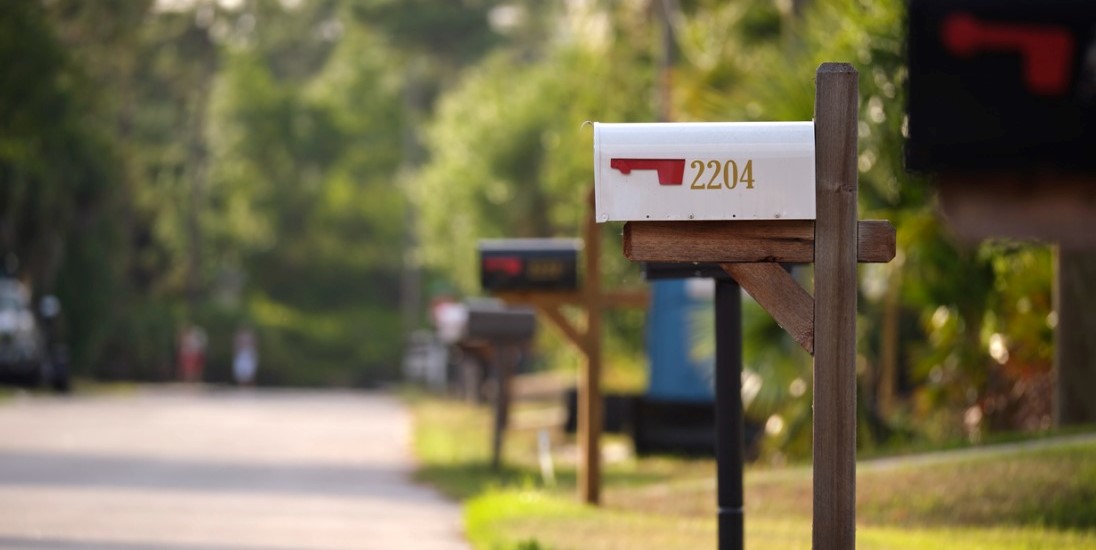One of our very early address validation APIs was DOTS Address Validation – US 1 which serviced addresses in the United States. It is the first version of our US address validation APIs, is still in operation, using the most up-to-date address data and continues to be used by many of our customers today.
However, we are always looking to improve our services. Since releasing this initial service, we have released two improved versions of the service, culminating in our latest address verification service, Address Validation – US 3.
The latest release of our address verification service, Address Validation – US 3, includes everything the previous versions have to offer, as well as substantial improvements that make the service simpler to deploy while providing more functionality and address information. Below are some of the areas where you can find improvements to the service.
Operations
One of the biggest differences between Address Validation – US 1 and Address Validation – US 3 can be found in the improvement and efficiencies introduced in their operations.
To put it plainly, Address Validation – US 3 operations are simpler to implement, return more data points and are more efficient than the original Address Validation – US 1.
These improvements are seen with the operation, GetBestMatches, Address Validation – US 3’s recommended operation which combines three core operations into one.. When compared with Address Validation – US 1, which has a number of useful but separate operations, including:
- ValidateAddressWithFragments – which validates the address and parses information of the address.
- GetPossibleMatches – which works like the previous operation but is capable of returning multiple addresses.
- ValidateAddressWithDPV – which validates an address with Delivery Point Validation.
As mentioned, Address Validation – US 3’s GetBestMatches combines all three of these operations into a single, easy-to-use service. There even is an operation that provides the same service but requires a single line of input instead, GetBestMatchesSingleLine.
In addition, Address Validation – US 3 offers two new operations that can provide additional validation and address data points:
- GetSecondaryNumbers – returns a list of potential secondary numbers, such as apartments, units or suites, for a given address on top of validating and parsing the address.
- FindAddressLines – which can take a bad address in with up to six possible address lines and return what the service would determine to be the most likely candidates for Address1 and Address2.
The above operations found in Address Validation – US 3 are substantial improvements to our first version, providing additional functionality, data and simplified operations to validate US addresses.
Error Codes
Another substantial difference from previous versions of US Address Validation services and Address Validation – US 3 can be found in our simplified error code system, making errors easier to process.
While Address Validation – US 1 has error codes split up into 5 different types with a list of potential errors, Address Validation – US 3 breaks up the errors into 4 distinct error types, each with a description code and a subsequent list of descriptions. This makes the errors stand out more, being easier to identify, understand and develop business rules around.
Correcting Addresses
Over the last 20 years, we have become true experts at verifying and correcting addresses, with each version being a reflection of major milestones and improvements.
In Address Validation – US 3, operations correct the address or provide details on why an address cannot be corrected, including over 15 million addresses not recognized by the USPS. With Address Validation – US 1, the corrections can be confusing, such as ‘1-State not found’, or ‘9-time ran out’, which sound more like error notes than corrections.
Address Validation – US 3 has clear, distinct corrections. A clear and simple example is how it correct the city name, whether it is changing the city name to the correct one as identified by the USPS or simply correct the spelling of the city name.
Delivery Point Validation Note Codes
One easily missed but equally important update found in Address Validation – US 3 is the additional notes regarding Delivery Point Validation (DPV). Delivery Point Validation is a USPS designation that says – right down to the apartment of suite number – that a destination exists and is valid to receive mail and packages.
The additional DPV note codes give extra information about the address. The note codes may indicate things like whether an address is vacant, appears to be receiving mail, is a high-rise apartment/office building address, is generally a firm or business, or even if the address is a post office box.
We have also implemented a new kind of note code within the Delivery Point Validation codes, high risk addresses. We have three note codes that identify if the address is a freight forwarder, a prison, or a hotel. Identifying these types of addresses can help prevent fraud and costly shipping errors.
We have come so far in the development of our address verification service by releasing Address Validation – US 3, and we are looking to improve it further in the future.













